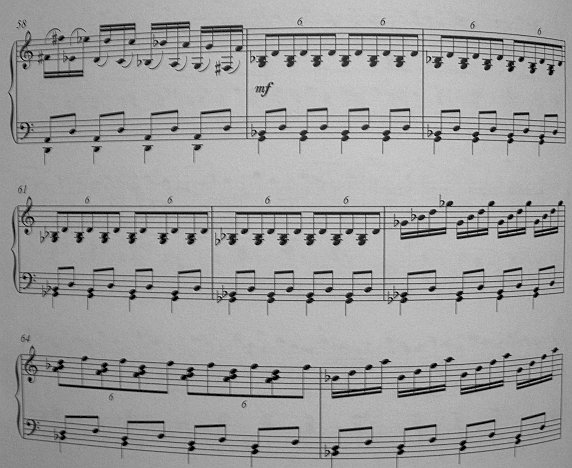We’ve given each other Christmas presents already, so I got to open up the sheetmusic to the film The Hours, and I’ve realised that’s it’s a grade or two beyond what I can do. I remember when I finally told my music teacher at the age of 13 I was aiming for Beethoven’s Fur Elise (I’d learnt half of it already), she was very discouraging. But, you play music because it is inspiring or moving, so what’s the sense in doing another technical Mozart Sonata that sounds dry and simple to everyone. One of the trickier pieces in the book is Morning Passages, but it’s a beauty. Up till now, my problems are being able to read the notes quickly enough and getting my fingers to do the right thing. This song has already contorted my hands into knots and comes with no fingering marked. The ones you use when playing at slow speed when learning have to change when you realise how awkward it is when playing faster. By then, your “finger memory” has been established and it’s very hard to undo the old way. And then there’s the timing. Catch a load of the sheet below with the 6’s marked above the bars (don’t they call them measures in the U.S?). That’s like patting your head and rubbing your stomach. Only every fourth notes sync’s up with the other hand. When I listened to the CD, it seemed convenient that those bars seemed to be all orchestra and no piano. I really don’t know how I can play the right hand at 12 notes and the left at 8 per bar. It’s also confusing that to squeeze the music into the width of the book, they had to make some bars half the width of others – it’s only a small thing, but why are 61 and 64 such different sizes? 